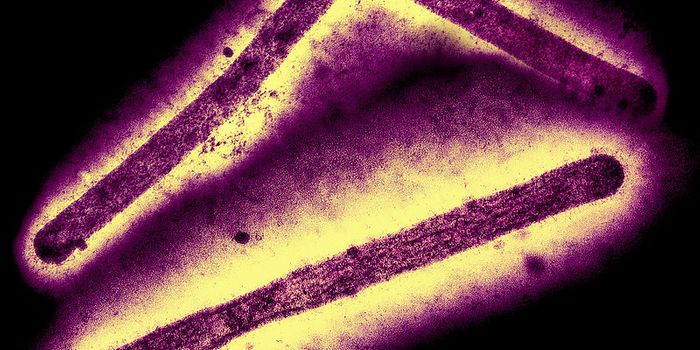Revealing More About the Genetic Mechanisms Underlying Down Syndrome
Down syndrome impacts around 6,000 live births in the United States every year. There are three types of the disorder. Around 95 percent of affected individuals have the type called trisomy 21, and have an extra copy of chromosome 21. For children, DS is one of the primary causes of intellectual disability, and about half of those affected also have congenital heart defects. Researchers have now learned more about the mechanisms underlying the disorder. The findings, which focused on a gene that is expressed at higher than normal levels in the brains of DS-affected fetuses, have been reported in Current Biology.
The billions of neurons in our brain are connected at junctions called synapses. Neurons signal to one another over those junctions with molecules called neurotransmitters, and the connections between them can get stronger or weaker in a phenomenon called synaptic plasticity. It has been thought that synaptic plasticity is an essential part of learning and memory.
"There are two kinds of synaptic plasticity: long-term potentiation, which strengthens synapses and improves interaction between neurons, and long-term depression, which weakens synapses," said the leader of the research, Professor Jannic Boehm of Université de Montréal and a researcher at CHU Sainte-Justine.
"We already knew that synaptic plasticity is influenced by certain proteins," added the first author of the report, Anthony Dudilot. "For example, calcineurin is inhibited when long-term potentiation is induced, but it's activated when long-term depression begins. But the molecular mechanism underlying calcineurin regulation was less clear."
The gene that is overexpressed in fetuses with Down syndrome is called RCAN1. The researchers learned that there are various molecular pathways influencing synaptic plasticity, some triggering potentiation (enhancing synaptic transmission), another depression (reducing synaptic transmission), and those are brought together by RCAN1. RCAN1 is acting as both an inhibitor and a facilitator, and is a kind of switch that works to control synaptic plasticity and therefore, learning and memory as well.
The RCAN1 gene may be influencing how Down syndrome is manifested. The researchers found that RCAN1 can also regulate the activity of calcineurin; it can both inhibit and facilitate calcineurin as well. RCAN1 is acting as an inhibitor or facilitator based on which site on the RCAN1 protein is phosphorylated; it's phosphorylated by an enzyme called glycogen synthase kinase 3 beta (GSK-3β).
"This is the first time that the molecular mechanism for calcineurin regulation in bidirectional synaptic plasticity has been determined," said Boehm. "This breakthrough explains how overexpression of the RCAN1 gene could cause intellectual disabilities in individuals with Down syndrome. It also opens up the possibility of developing innovative treatments for affected patients."
Sources: AAAS/Eurekalert! via University of Montreal, Current Biology








